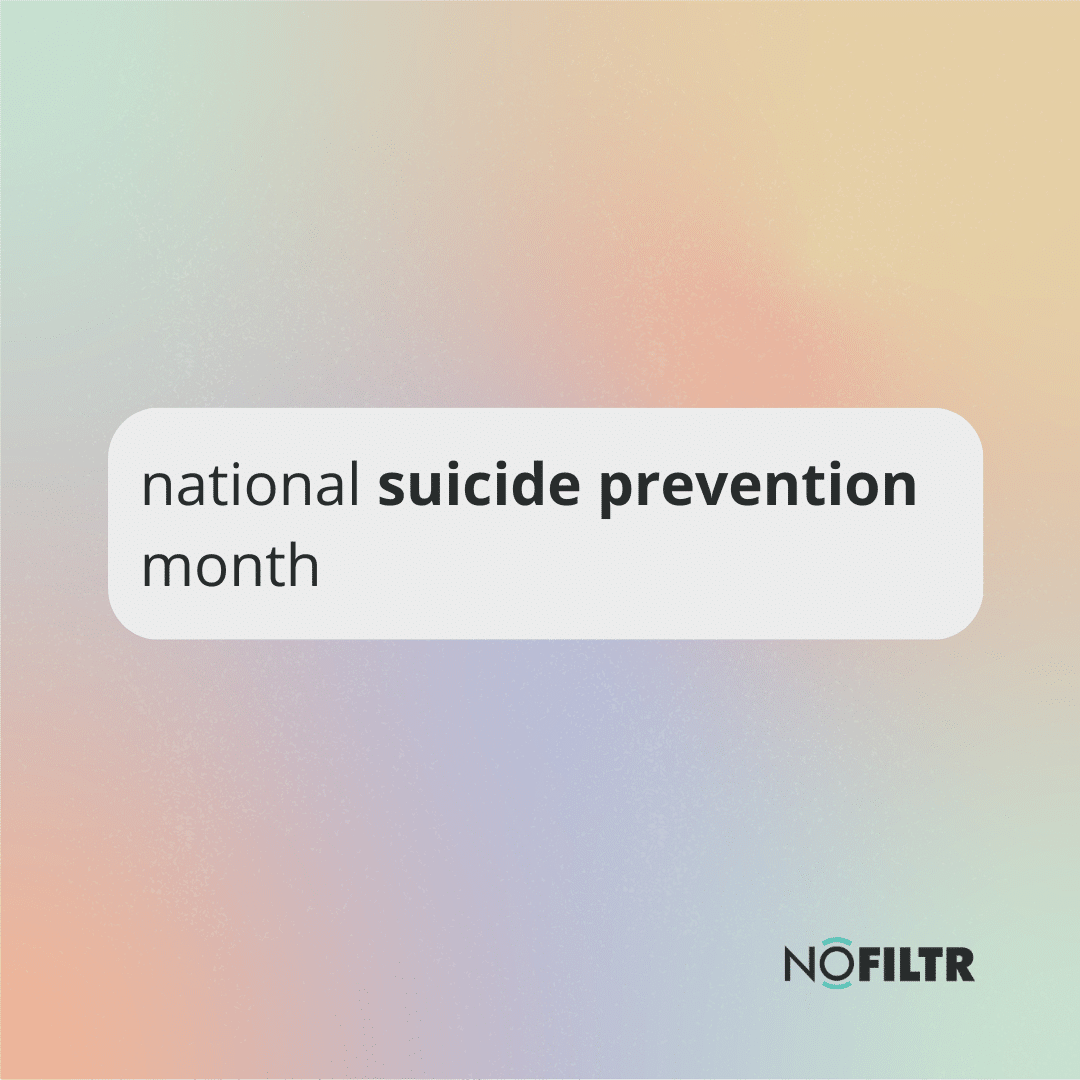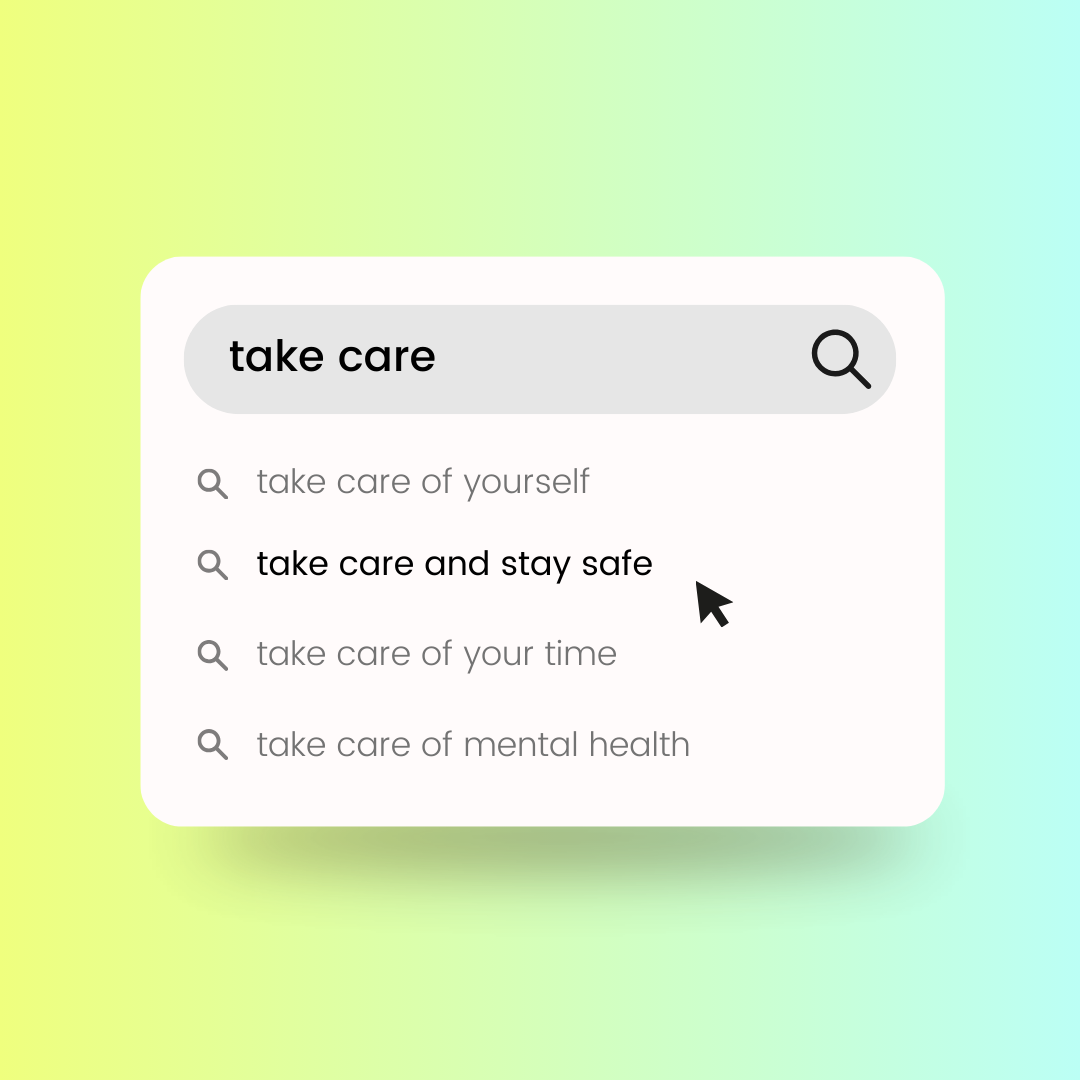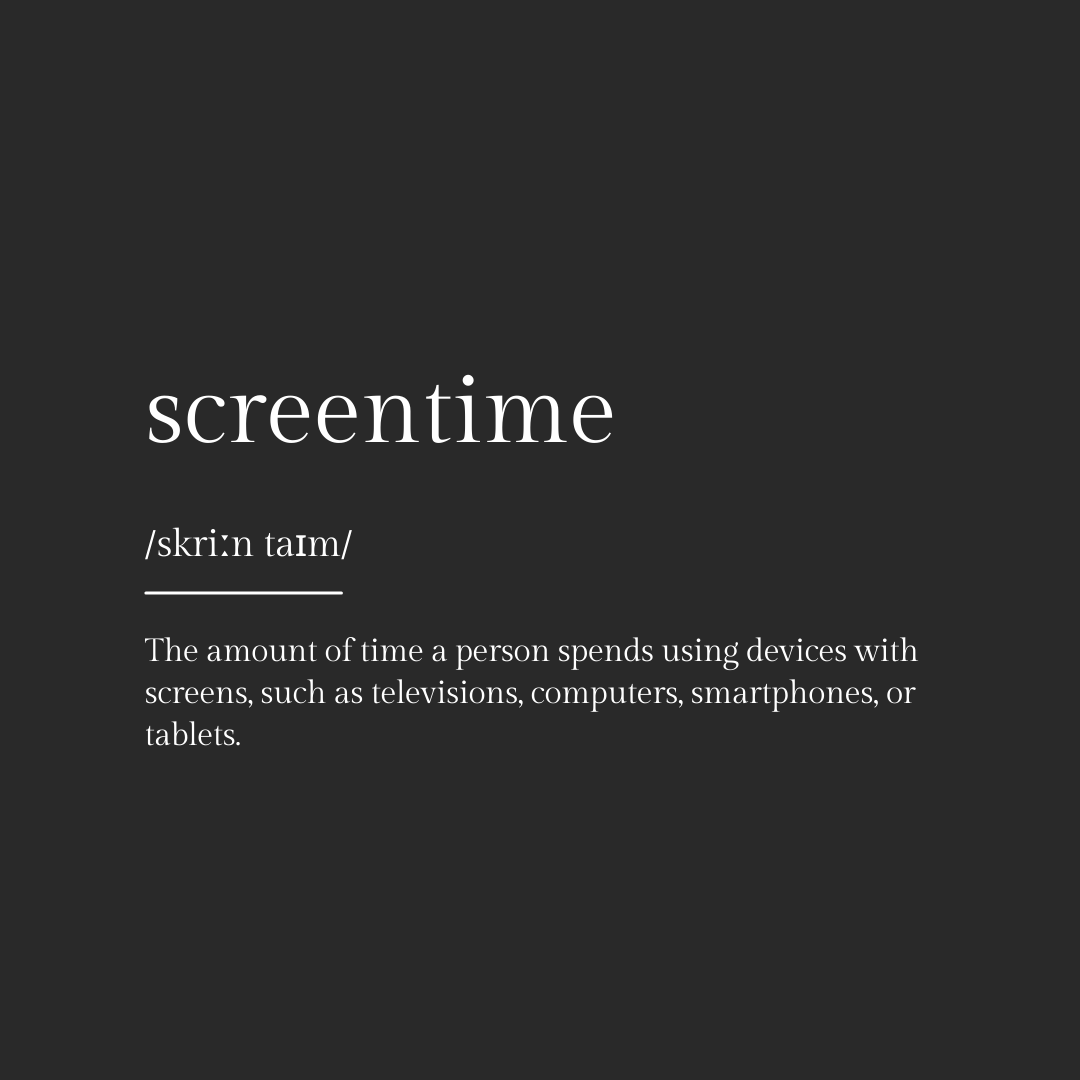The Digital World’s Effects on Suicide
National Suicide Prevention month’s effectiveness through impact could grow exponentially if we address the modern era’s most influential outlet to suicide: the digital world.

In recognition of National Suicide Prevention Month, it’s crucial to address the impact of the digital world on this issue.
DEFINE IT.
National Suicide Prevention Month: “a time to raise awareness and discuss this highly stigmatized topic”
(National Alliance for Mental Illness).

Suicide is a mental and physical battle that anyone can come to face with, but teenagers and young adults seem to face it more often than everyone else. Why?
Most experts claim that it’s simply because we’re developing as humans.
We’re navigating a more strenuous world, at a time when exploration of ourselves is at an epoch, so life becomes confusing and hard to cope with.
While this is true, there is also the fact that today’s teenagers and young adults have higher exposure to the digital world: a place for social interaction, and social torment. More specifically, our presence in the digital world is what seems to influence suicidal decisions most.
The Digital World
You may be wondering, “what even is presence in the digital world?” Is it social media accounts, e-commerce, iMessaging…? The answer is: yes.
All of these examples are forms of digital presence. And while you may be very fond of them, you might be keen to change your mind once you’ve learned just how detrimental they can be to your mental and physical state.
Toxicity is a common denominator with all forms of digital presence. From social media hate comments, to peer pressuring, the digital world can be a lot to take in at once. However, it’s not so much the digital world’s direct fault in causing toxicity, rather, the other digital presence occupying it.
Online users can be crude and fake. Many build personas to make others jealous, and write hateful things to heighten their own self-esteem. It’s a vicious cycle which has no boundaries. In a sense, you are fair game for hurt once logged in, online.
This oftentimes causes an overload of emotions, too significant for anyone to sanely hold within. Like a domino effect which has come full circle, the toxicity you’ve just experienced from others online, influences you to inflict physical toxicity on yourself.
How to Protect Yourself this Month
In this modern era, National Suicide Prevention Month is more than just a time to spread awareness about traditional causes for suicide. It has evolved into discovering new ways suicide might be influenced, to help save your own life, and another’s as well.
Don’t get me wrong, the digital world is a creative outlet to explore your passions and interests with others, but it can also be a place of toxicity, which can manipulate you to do hurtful things to yourself, which you will soon regret later.
- Create an evident mental boundary between IRL vs. AFRL. Creating boundaries for what is real, and what is digitally fixed, will prevent you from developing unhealthy mental states based on the digital world. For example, photoshop is AFRL (away from real life).
- Monitor your emotional amplitude and judge. It is vital that you are aware of just how much the digital world causes you to heighten emotions on an unhealthy level. Analyze what makes you feel a certain way, and make a judgment call: eliminate it, or continue using it.
- Limit general social media usage. A golden rule to follow with social media is to simply limit it. To maintain a healthy mind about yourself and the world around you is to disable the influence of external sources. On iOS, Screen Time is an effective way to do this.

Author: Cayden, 16
NoFiltr Youth Innovation Council Member, Digital Resource Expert
Need to talk?
Text NOFILTR to 741741 for immediate assistance.



